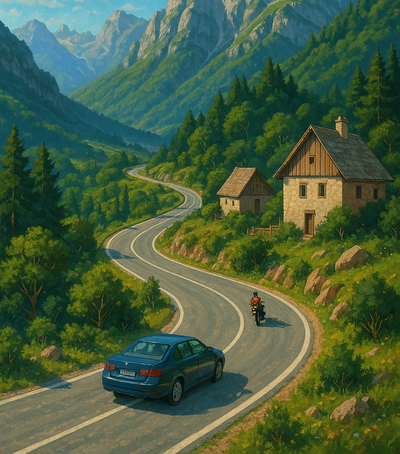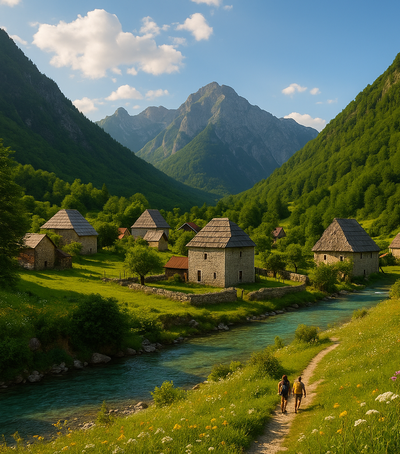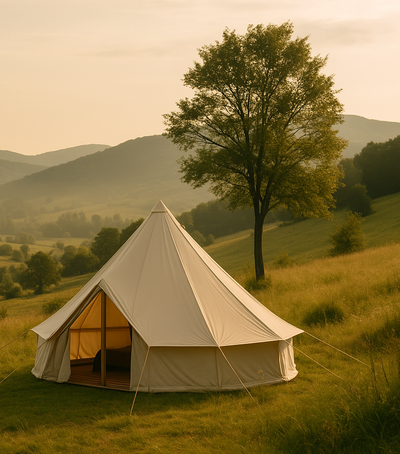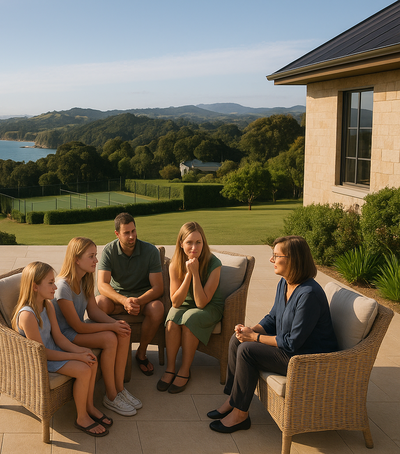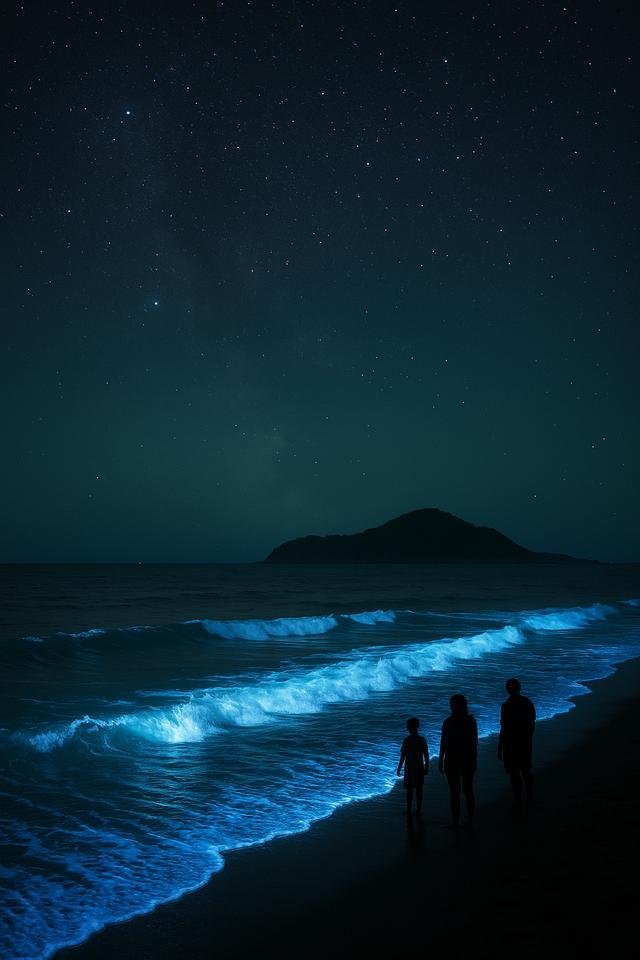
When night falls on the coast and silence dissolves in the air, the sea waves suddenly light up with a soft blue-green glow, like thousands of tiny fires dancing on the surface. This amazing phenomenon is driven by microorganisms, mainly dinoflagellates, which produce light when mixed with water due to movement — a chemical reaction that makes the water glow at night.
How is this natural light born?
Dinoflagellates are microscopic organisms that live in colonies. When waves churn the water, or when a fish passes by, the cells "wake up" and emit energy in the form of photons. This process, called bioluminescence, is the same as that of some sea grapes, and serves to scare off predators or attract prey.
1. Mosquito Bay, Puerto Rico
Known as the “Illuminated Lagoon,” this stretch of water near the island of Vieques holds the record for the world’s brightest. Travelers can explore the canal by canoe, as every movement of the dew turns into a trail of twinkling lights. Best season: June to August, as the water temperature encourages the growth of dinoflagellates.
2. Vaadhoo Island, Maldives
On the shores of the green Maldivian atolls, Vaadhoo Beach is famous for its “Heavenly Sea.” When night falls, take off your shoes and walk slowly along the warm water: each step ignites a glow similar to the stars in the tropical sky. It is advisable to visit during the wet months (May–December), when pollution and wind are minimal.
3. Havelock Island, India
In the Andaman Sea, Havelock Island offers quiet beaches like Radhanagar Beach, where blue light unfolds under the full moon. Midnight kayaking excursions are discovered with local guides who know the natural “picnics” where the concentration of dinoflagellates is highest.
4. Toyama Bay, Japan
Off the coast of Northern Japan, the glow comes from the larvae of notonectes (small crustaceans) that gather near the shore in spring (April–June). The deep blue water glows a sapphire color that contrasts with the surrounding mountainous landscape.
5. Laguna Grande, Puerto Rico
Another Caribbean gem, near Fajardo, where the light spectrum peaks in the summer after 10 p.m. You can combine a leisurely swim with an archaeological guide, learning about pre-Columbian cultures who believed this light was of divine origin.
Tips for a better experience
Choose clear nights: The light of the full moon can dull the effect, so prefer nights with a new moon.
Don't use artificial light: A bright flashlight or phone will ruin the visual magic.
Maintain respect for the environment: No sunscreen or plastic should enter the water, so as not to harm the honest colony of organisms.
By exploring bioluminescent beaches, you enter a world where nature creates a fresh and unique spectacle – an experience that remains vivid in the memory like the subtle light dancing among the waves.

